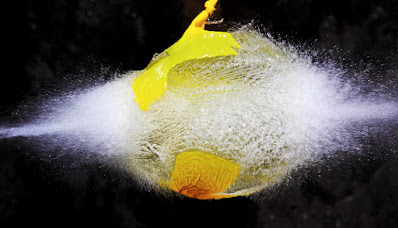MOST INNER-BELT ASTEROIDS COME FROM JUST 5 OR 6 PLANETS
Most asteroids and meteorites originate from the splintering of a handful of small planets formed throughout the early stage of our solar system, a brand-new study shows.
"THESE LARGE BODIES WHIZ BY THE EARTH, SO OF COURSE WE'RE VERY CONCERNED ABOUT HOW MANY OF THESE THERE ARE AND WHAT TYPES OF MATERIAL ARE IN THEM."
trik serta cara memilih situs slot online 2020
The study, released in Nature Astronomy, discovers at the very least 85 percent of 200,000 asteroids in the internal asteroid belt—the main resource of Earth's meteorites—originate from 5 or 6 old small planets. The various other 15 percent may also map their beginnings to the same team of prehistoric bodies, says Stanley Dermott, lead writer and an academic astronomer at the College of Florida.
The exploration is important for understanding the products that shaped our own rough planet, Dermott says.
The finding provides a more durable understanding of the transformative background of asteroids and the products that form them—information Dermott says could show necessary to protecting the Planet and ourselves from meteorites the dimension of the Sculpture of Freedom and asteroids more effective compared to atomic bombs.
"These large bodies whiz by the Planet, so of course we're very worried about how many of these there are and what kinds of material remain in them," says Dermott, teacher emeritus in the University of Liberal Arts and Sciences. "If ever before among these comes towards the planet, and we want to deflect it, we need to know what its nature is."
Dermott's group shown that the kind of orbit an asteroid has depends on the dimension of the asteroid. This finding recommends that distinctions in meteorites found on Planet show up because of the transformative changes that occurred inside a couple of large, forerunner bodies that existed greater than 4 billion years back, Dermott says.
"I would not marvel if we eventually map the beginnings of all asteroids generally asteroid belt, not simply those in the internal belt, to a handful of known moms and dad bodies," Dermott says.
Building knowledge of the transformative background of bodies that formed our very early solar system helps academic astronomers answer questions related to where planets such as our own might exist in deep space, Dermott says. But, first, he says we need to understand the processes that produced the planet we survive on.



